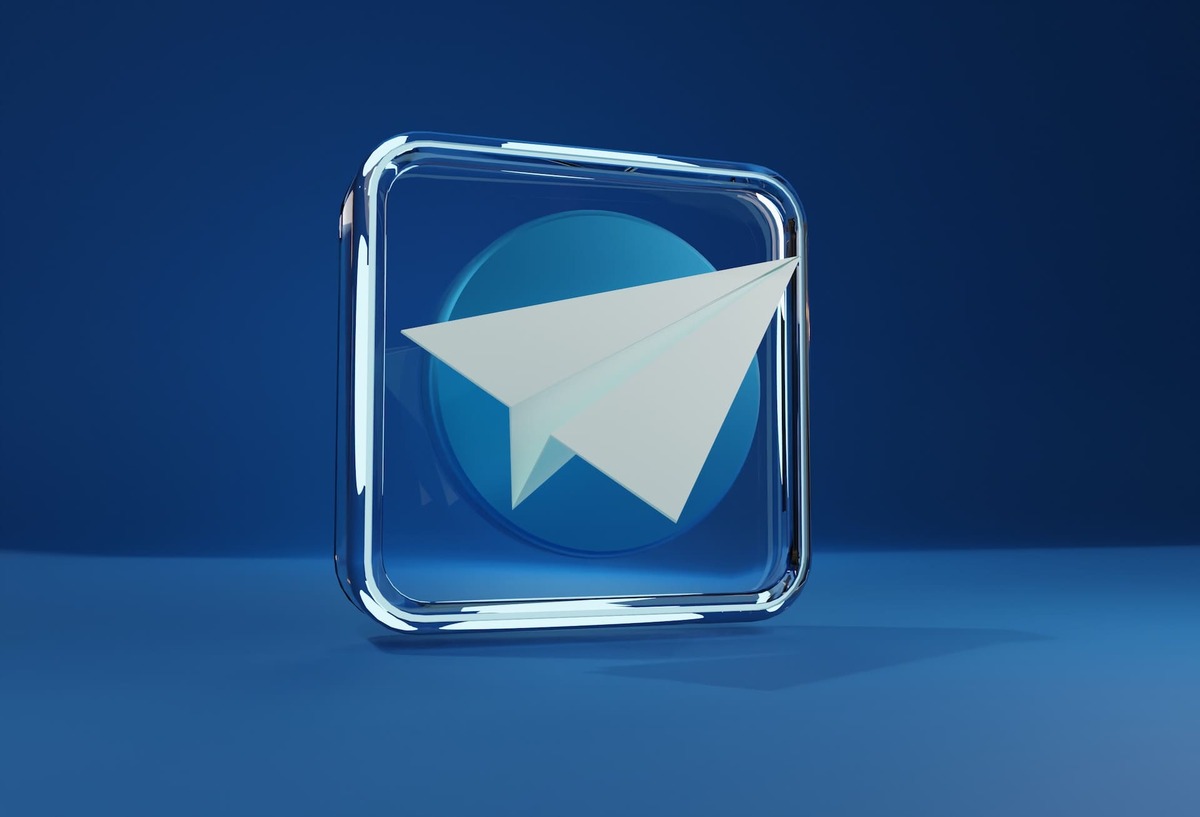
A company or product promotion strategy involves many steps. One of the most important is email distribution. Compared to other types of contact, it is the mailing that is most effective. The format of the message allows you to provide a lot of useful and interesting information, to which customers are more willing to pay attention. Today we will look at how to make a mass mailing to get maximum response.
Step 1: Defining objectives
Defining the purpose of the mailing is the first and very important step. It is at this stage that you lay the foundation for the success of future communication with customers.
Setting clear goals
First, you need to determine the purpose of your email newsletter. Each mailing can have a different purpose, just like each email in the sales chain. You need to determine the purpose of each contact. It can be a welcome letter, informing about changes in company policy, promotional offers, informing about new products, etc.
You also need to define global goals. Sending emails can help to raise recognition, create a brand, enter the sales funnel and much more. The component of the chain of emails, their quantity, personalization depends on it.
Defining key performance indicators (KPIs)
In addition to defining the purpose of the mailing, you need to define key performance indicators. You should create a separate dashboard, or simply write down the expected result, so that at each stage you can check the effectiveness of your actions, and adjust them if necessary. Among the indicators you can place:
Increase sales by reminding you of an abandoned shopping cart.
Increase sales by offering holiday discounts.
A 3% increase in total revenue.
Attracting an additional 5% of traffic.
Increase the percentage of repeat purchases by communicating new products and promotions.
With clear goals, you will be able to determine the direction in which to develop your email newsletter service, as well as get data to calculate effectiveness. It is important to remain realistic in setting your goals.
Step 2: Creating and segmenting the email address database
With the goals ready, it’s time to start working on the messages. But first, let’s create a base where these messages can be sent at all. We need a base.
Creating a database of email addresses
Now it’s time to move on to creating the base. To do this, you need to get an address from the customer, and with it, permission to receive messages. The most effective method to do this is to collect data from various processes during the sales process:
Gather data at the time of purchase.
Offer bonuses for contacts left behind.
Enter verification of purchase or registration through the mail.
As practice shows, people are more willing to leave contacts and give their consent for mailings, if they receive some kind of bonus for it. Remember that the loyalty program will help you in the future to collect a large base of clients.
Do not buy bases through unverified resources. For the illegal use of consumer contact information, you can pay not only for the reputation of the company. This is a direct violation of the law. In addition, purchased bases are ineffective, because people do not know you, and will easily send to spam.
Email address base segmentation
After you have collected the base (or rather started to form it, because the collection of customer data should not stop), you need to segment the addresses. You can set several parameters. For example, customers of a certain product segment, regular customers, etc.

Step 3: Create compelling email content
Often the effectiveness of email newsletters depends on the attractiveness of the content. Your user is unlikely to be interested in an offer that is simply written in a few lines. You need to work on the content.
Creating catchy headlines
The first thing you need to do is to create a headline. The recipient should immediately understand who is addressing him, why you are doing it, what useful things he will get after reading the letter. A catchy headline is an effective method and the main rule of how to do mailings correctly.
The design of the body of the letter
Commercial letters are always provided in the form of a formed body. It is important to develop a unified corporate design. It should take into account:
Brand colors. They should repeat the colors of the website, printed products.
Font. It should also convey the mood of the company. However, it is important not to get carried away with the design of fonts, and remember that the letter must be readable.
Application of corporate identity. Logo, recognizable characters, pictures, and more. Be sure to implement and customize the CTA button. The call to action can have different formats, such as “get a discount”, “learn more”, “get a gift”, etc.
The main task of design – mass emailing for free should visually and ideologically take the reader to the company’s website.
Don’t forget about adapting the design to mobile devices. Many users read messages using a smartphone, so it is important to have an adaptive version.
Step 4: Ensuring deliverability
Your messages need to be delivered. Seems obvious, but it’s worth talking about. Regardless of whether you plan to send out emails manually, want to use a free email newsletter service, or are preparing to connect a paid high-performance service, it’s worth taking care of message deliverability.
Choosing the right email service provider (ESP)
Of course, sending messages manually will never be able to compete in efficiency with specialized services. Qualified services are a reliable method of message delivery. The best email newsletters are made by connecting and customizing services. With them, you also get a guarantee of message delivery across your entire base.
Manual delivery of messages or the use of free services cannot give such a guarantee. By the way, professional companies usually provide a trial period for users.
Avoiding spam filters
If you think that it is enough to create an email and send it to your customer, we hasten to disappoint you. Often commercial messages end up in spam. To prevent this, you need to use several filters and settings.
SPF will help protect the domain from spoofing.
DKIM will confirm the sender’s address.
DMARC will be an extra layer of defense against the spam folder.
This email newsletter setup will help you deliver messages to the recipient, bypass blocking and spam. You can also buy a mobproxy for additional protection.
Testing and optimization
The third and concluding stage of the deliverability chain is testing. Once the email has been created, designed, and customized, you need to test it. When sending test variants, don’t forget to use different zip codes, as Gmail, Yandex, Outlook may display messages differently. Also, don’t forget about testing the mobile version.
What you should evaluate:
- How an email opens on different devices.
- How each email displays the message.
- Whether the mailing programs made the necessary links clickable.
- The overall look of the email, its readability, aesthetics.
- How fast the email loads.
If you find errors, correct them and retest. This step will help ensure that your customers receive the correct message.

Step 5: Scheduling and sending email newsletters
You already know how to compose an email for a newsletter, now let’s learn how to send it correctly. It is important to choose the right time and automate the delivery.
Choosing the best time to send emails
Determining the ideal time to send messages to the post office is difficult. As a rule, a person turns off notifications for this type of communication. Therefore, he will not be disturbed by a message that came at night. However, it is worth adhering to the rules of propriety, and send email newsletters for free during working hours and in the evening.
Email campaign automation
If you plan to send a couple of emails to your favorite customers, you can do without automation. If the size of the email newsletter is much larger, it is worth using automation tools. You can set up different scenarios depending on the email you want to send. For example:
Welcome letter upon registration.
A newsletter once every certain period.
A reminder to have a filled shopping cart.
Presenting birthday greetings and other celebrations.
Confirmation or status of a placed order.
Scenarios can be different. It depends on the type of your product, company cycle and other conditions. The important thing is that automation will help you not to lose important events and sales milestones.
Step 6: Monitoring and analyzing the effectiveness of the campaign
Letters are created, the database is connected, automation is set up. Now can we rest and wait for the profits? Of course not. It’s time to monitor how effective email newsletters are, and if necessary, make changes promptly. It is worth studying several indicators to evaluate the work done and to know at what stage something goes wrong (and it will always go “wrong”, because 100% conversion is simply impossible, so there is always room to grow).
- Discovery Percentage.
To estimate how many of your emails are opened, use the formula:
Open Rate = number of opens / number of messages delivered * 100%
This way you will get the percentage of people who received and opened your message. The norm is considered to be 20-30%. If you want to increase the result it is worth working on the title bar, because at this stage the user sees only it.
- Percentage of transitions.
To find out how many people have taken an active action from an email, it’s worth using a formula:
Click Rate = number of clicks / number of emails * 100%
Now you know how many people have done something by clicking through your email. The average is 4%.
- Email Newsletter Conversion.
To find out how many visitors brought to the site by an email took a targeted action, the following formula will help:
Conversion = number of visitors who have made a DD / number of visitors to the site * 100%
Anything can be considered a targeted action, as long as you name it as such. It can be placing an order, providing additional contacts, subscribing to social networks, etc.
- Percentage of emails rejected by servers.
A very important metric that will help reduce the percentage of emails rejected by servers. Formula:
Bounce Rate = number of rejected emails / number of sent emails * 100%
Rejected emails are those that end up in a non-existent, blocked mailbox. Such messages have no chance to reach the addressee.
Conclusion
E-mail as a method of communication with customers, an effective weapon of marketing promotion. However, it is necessary to conduct mailing activities professionally. The success of your business, both financial and reputational, may depend on it. You can also use additional tools like automation, profile databases, sim card hosting.









